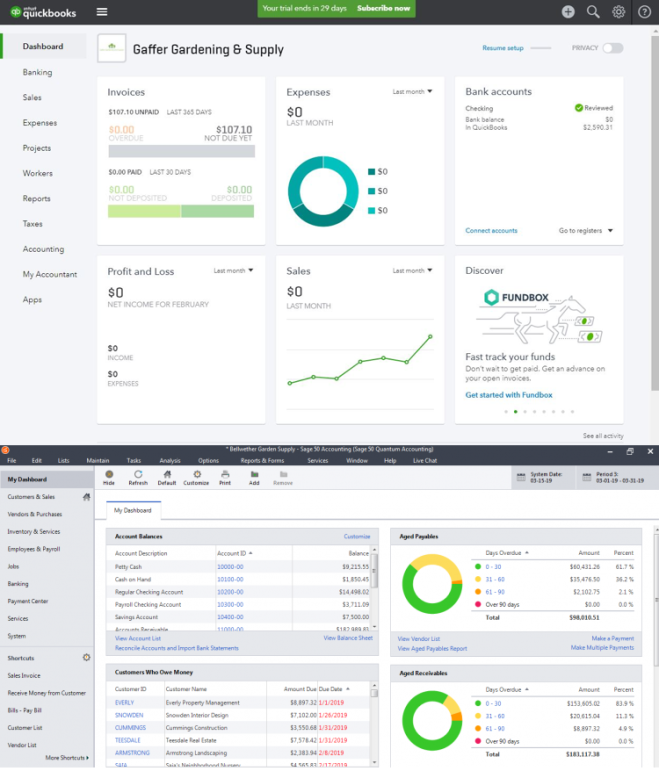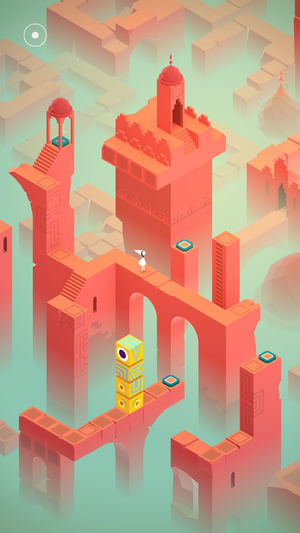
At long last, here is my essay originally intended for March 2018. Life intervened and my original notes were lost (thanks iCloud!), which significantly delayed my writing, and screwed up my momentum on my 2018 essay series. But here it is, finally. Hope you like it! — Chris.
Since I seem to enjoy writing thought-provoking essays, I thought why not do another one. This time, I have a topic that I’m sure will make some people mad at me, which is probably why I like this topic so much. 😆
Every so often, designers try to draw lines in the sand around what is art versus what is design so that each discipline stays neatly in their own space. The problem with this debate is whenever you hear people’s rationales about things being one way or another, they’ve always felt like really narrow definitions of both creative disciplines.
“Art is for X and Design is for Y!!”, they might say, substituting something for X and Y.
My feeling is yes, I get it, but a more interesting conversation we should have is how your work should exist at the intersection of art and design. Here’s why…
Solving problems?
Let’s start with a bit of a math problem. Using a bit of basic algebra, which I assume you all know at this point, you should be able to solve this problem:
3x+7 = 22; solve for x
Did you get the right answer? In this problem, x = 5. Here’s my proof:
3x+7 = 22; first subtract 7 from 22
3x = 15; next divide 15 by 3
x = 5
Easy, right? There are those out in the world (some even within the design community) who would have you believe that you in essence have just completed a design exercise…
Huh?!
Most people will not disagree with the idea that good design means solving problems. But as I’ve tweeted before, any design that only focuses itself on problem solving alone is basically destined to fail. But why?
To distill the act of design down to the that of problem solving and problem solving alone is an incredibly narrow view of what design can do for culture and communities because it ignores many other important things that designers can do to make successful products.
What are you talking about??
Look through the history of art, design, illustration, etc. and you’ll find a whole wealth of examples of people essentially solving the same problems in unique and interesting ways.
Do a search for ‘annunciation painting’ and you’ll see what I mean. The story of the annunciation is a Biblical reference to when the angel Gabriel told Mary that she would have a miraculous birth of the boy, Jesus. When you see the various examples of paintings that depict the scene (and I’m sure the search results are not actually comprehensive of all the visual depictions in existence), you start to see some themes emerging. Most of them show Gabriel on the left, and Mary on the right. Arches seemed to play a key compositional element. The fact that the angel is kneeling is also an important detail. And maybe one last thing to point out is that many of them are sort of these front-facing elevation views that are really depicting the story in a plain, matter-of-fact style.
Now, if you look more closely, you see a few that actually break convention. One example is the chiaroscuro painting in the second to last row. It was painted by Matthias Stom (not Caravaggio). In the scene Mary is on the left, and Gabriel is on the right. The dark and moody painting conveys a much greater intimacy, as the angel delivers the message.
What does this have to do with anything? Well back then, the artists depicting these stories were commissioned to do exactly the kinds of things that designers are paid to do these days as well, except instead of a mobile app UI from a young founder, it’s a Biblical story being funded by a local church. The artists had to find creative ways of telling the same stories that every single artist out there is commissioned to do. Sometimes, the scenes were copied (for the most part). Other times, the artists tried to do something new. In most of the interesting cases, it’s when the artist attempted to do something new and unique that we remember not just the work, but who made the attempt.
We see this type of thing also in product design.

These are 2 accounting software products from 2 different companies that are targeting the exact same target customer. They don’t really look the same. They don’t function the same. They show different kinds of contents. They have a different kind of information architecture. Yet, if design is meant to be logical problem solving, and these products are targeting exactly the same customer, why aren’t the 2 products designed exactly the same?
If we look back to our earlier algebraic example, that problem will always resolve to 5. Logically, there should be no other alternative solution. Yet, somehow, people want us to believe that design works exactly in the same way, despite the overwhelming evidence that this is not the case.
So what’s really going on here, then??
Clearly there is more to good design than just problem solving alone, and I am asserting that there is far more creative expression involved than people are willing to acknowledge.
Of course we want our designs to be accepted, so making things “just because we like them” is not sufficient for getting people to “approve” of our work. So of course, the most natural thing to do is to couch a design in language that describes it as a solution to a problem, rather than an interesting creative expression of an idea.

But why are we so opposed to “design as creative expression”? Why is it wrong to make work that expresses something interesting and unique, even if we can’t easily define it?

Can we just enjoy things for what they are? Is ROI the only way to evaluate whether a product is successful?
Yet why are we so willing to throw away all this wonderful creative expression in deference to “problem solving”?
We use data to solve disputes…
This is another conundrum for designers, the idea of using data to drive decisions. How did we ever do anything before things could be quantified? The simple answer to all of this is that every single data point you measure is open to some amount of interpretation. It’s very easy to assume that just because you see numeric values associated to certain events that all of a sudden the world is now measured in absolute values, and as a result those numbers can mean one and only one thing.
The plain truth is that you can’t measure everything you need to know in order to understand the big important questions (the “Why” questions). So what happens then? People get creative and start interpreting the stuff in between.

But what do you do about things that are difficult to quantify? In today’s world, you probably would just throw away any solution that was too difficult to measure… which is really sad, since there may be some important breakthroughs in work that you can’t immediately find measurements.
The obvious rebuttal to this essay is that most of the examples I’ve shown are not interface designs. And yes, that’s true. But the question here, is really, what’s the difference? Of course, people have to be able to use an interface. But the same could be said about David Carson’s layouts in Surfer Magazine. The same could be said about all the various paintings depicting the annunciation. The same can be said about the products that you’re working on every day at your job.
“Art is for X” // “Design is for Y” // Who cares?? Do both!
Getting back to what I wrote in the beginning, my hope is that I’ve provoked some bigger thoughts out there about the nature of design. Specifically, that within design, there is a lot of room, even in UI design, for creative expression.
We often talk about risk vs. reward, where companies are afraid of risk and yet try to maximize rewards. There are truly very few companies (including startups) who do risky things, often looking to find the safest path to follow to accomplish a goal. It’s all rubbish. Nothing worth doing, is accomplished on the safest path.
My hope is that we can move the design profession beyond just being a bunch of problem solving technicians, into a place where creative ideas and creative expression are actually valued. It starts by acknowledging that expressing ideas (and not just problem solving) is an important part of design, and understanding that there isn’t that big of a separation between art and design, that we’re closer than most people think.
If anything, it’s at the intersection of disciplines where the most interesting things can happen!
Here’s my essay for May 2018 (originally March)! This is a continuation of my “Year of Blogging” series from 2017. If you have any thoughts, tell me about it on Twitter!